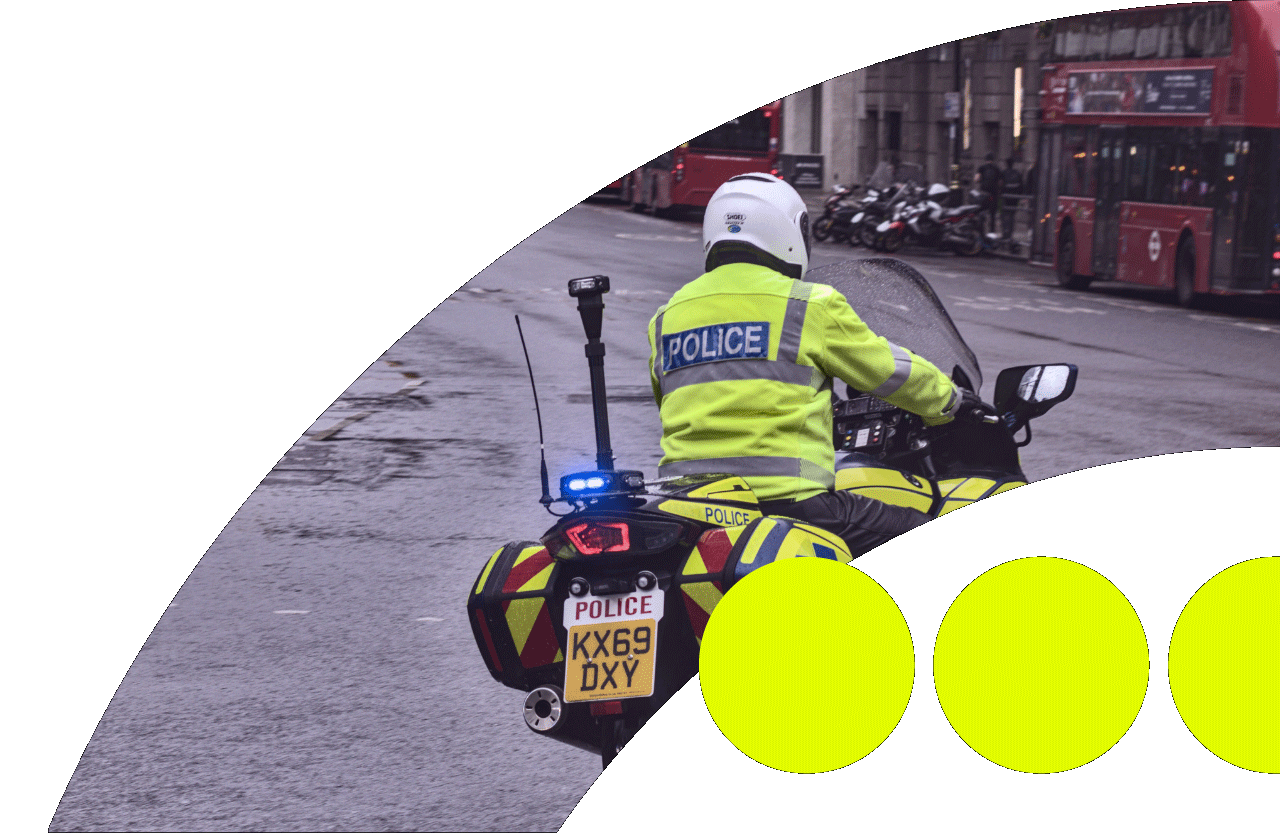ONE PLATFORM. EVERY NETWORK. UNLIMITED POSSIBILITIES.
From mission-critical radio to cutting-edge SD-WAN, we integrate diverse network and adaptive communications technologies to meet the unique demands of almost every industry.

INTRODUCTION
No single network can address every challenge. That’s why we combine a full spectrum of network technologies to create adaptive, reliable, and scalable communications solutions for all our customers. Whether you need secure communication in emergencies or seamless connectivity across remote sites, we’ve got you covered.
Check our Design and integration Services out
Which networks should you use?

Network Technologies Overview

Professional Mobile Radio (DMR, TETRA, P25, Analogue Radio):
- Average Network Speed: Up to 19.2 kbps for narrowband.
- Latency: Typically <300 ms, depending on the system.
- Applications: Mission-critical communications for public safety, industrial sites, and mining.
- Key Benefits: Reliable, secure, and resilient in challenging environments.

Cellular Networks (LTE and 5G):
- Average Network Speed: LTE: 50-150 Mbps; 5G: 1-10 Gbps.
- Latency: LTE: 30-50 ms; 5G: <10 ms.
- Applications: Real-time data transfer for transportation fleets, remote monitoring, and IoT devices.
- Key Benefits: High-speed connectivity with broad coverage.

SD-WAN (Software-Defined Wide Area Networks):
- Average Network Speed: Variable, depending on connected networks (up to 1 Gbps).
- Latency: Typically 10-50 ms, depending on routing.
- Applications: Seamless integration of multiple networks (e.g., satellite, LTE) for energy grids, fleets, and control centres.
- Key Benefits: Dynamic routing for optimal performance and cost efficiency.

WLAN/WANs
- Average Network Speed: Wi-Fi 6: 600 Mbps-9.6 Gbps.
- Latency: <20 ms, depending on configuration.
- Applications: High-capacity connectivity for campuses, industrial sites, and logistics hubs.
- Key Benefits: Localised network reliability and scalability.

LoRaWAN:
- Average Network Speed: 0.3-50 kbps.
- Latency: Typically 2-5 seconds, depending on message size and network conditions.
- Applications: Long-range, low-power connectivity for IoT in energy, remote private networks, some smart city applications, and industrial automation.
- Key Benefits: Cost-effective monitoring for remote and large-scale deployments.

Bluetooth and BLE (Bluetooth Low Energy):
- Average Network Speed: Bluetooth: 1-3 Mbps; BLE: 125-2000 kbps.
- Latency: Typically <50 ms.
- Applications: Short-range connectivity for asset tracking, wearable devices, and IoT in industrial and healthcare settings.
- Key Benefits: Low power consumption and secure pairing.

Mesh Networks:
- Average Network Speed: Variable, typically 50-150 Mbps per node.
- Latency: 10-30 ms, depending on the number of hops.
- Applications: Redundant communication for industrial sites, mining operations, and public safety.
- Key Benefits: Self-healing, scalable networks for complex environments.

Satellite Networks
- Average Network Speed: 512 kbps-100 Mbps, depending on satellite technology.
- Latency: 500-700 ms for geostationary; <100 ms for LEO (Low Earth Orbit).
- Applications: Remote and offshore communication for energy, industrial, and mining sectors.
- Key Benefits: Global coverage where terrestrial networks fail.
Networks and Applications by Use Case
Public Safety:
- Mission-critical voice and data with DMR, TETRA, LTE, and P25.
- Integrated networks for seamless communication between command centres and field teams.
Energy:
- SD-WAN and satellite for real-time monitoring of remote infrastructure.
- LoRaWAN and Mesh Networks for efficient energy management.
Transportation:
- LTE, SD-WAN, and Bluetooth for fleet management and route optimisation.
- Wi-Fi and BLE for passenger services and asset tracking.
Industrial and Mining:
- Ruggedised radio systems and Mesh Networks for harsh environments.
- LoRaWAN and satellite for asset monitoring and connectivity in remote operations
